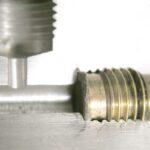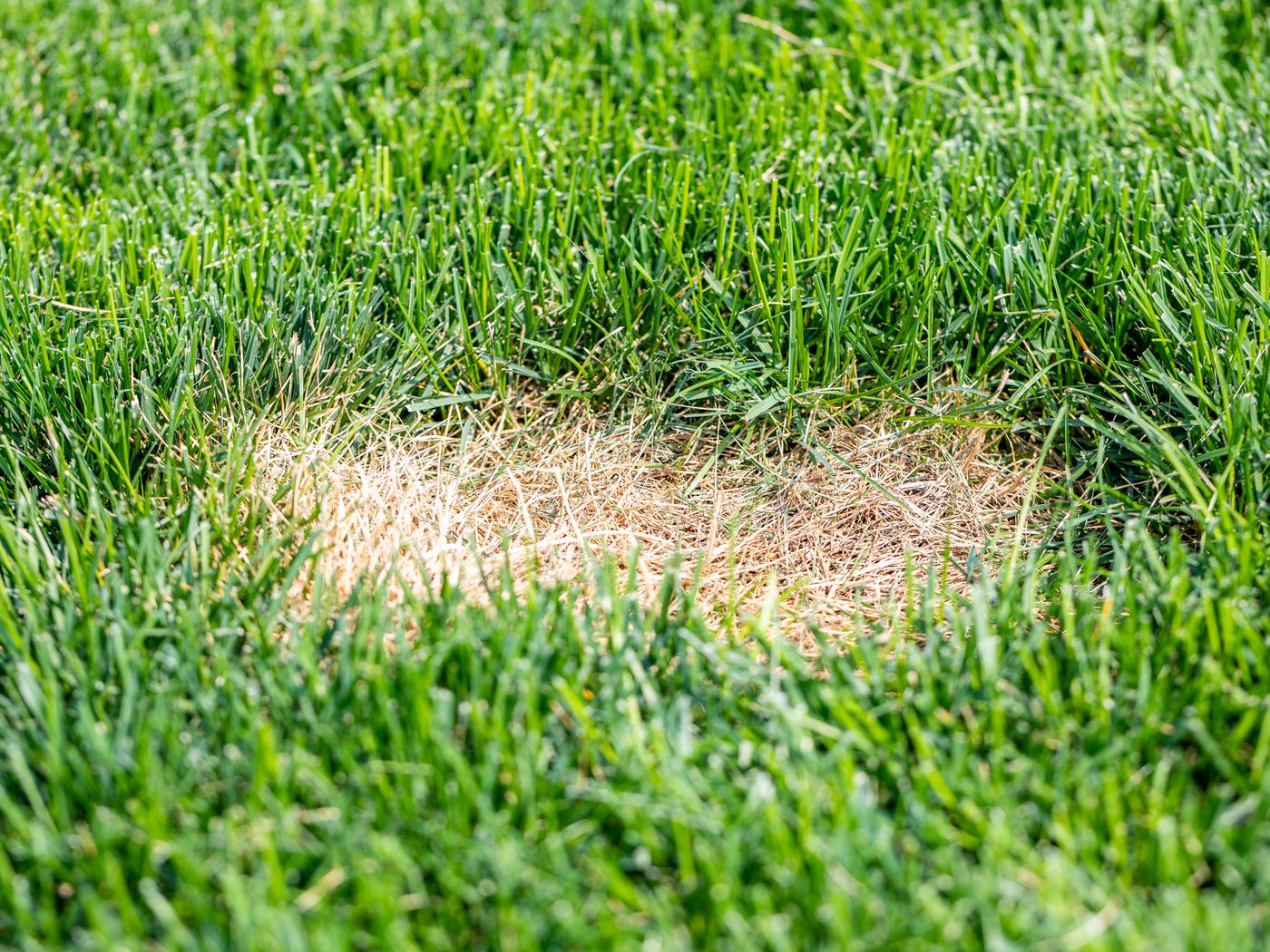Lawn grubs are some of the most misunderstood pests out here. Many mistake them for mature animals that destroy lawns. In the real sense, lawn grubs are the larvae of Japanese beetles, chafers, June beetles, and many other beetles which cause the degradation of lawns. Research indicates that lawn grubs feast on the soil’s organic matter, including the grassroots.
When beetles lay eggs, they hatch and give rise to warm-like creatures. These creatures live in the soil of the lawn, where they eat the organic material found in the soil. As time progresses, the grubs destroy the grass and flowers’ root system before maturing into beetles. As the population of beetles increases, so does the population of grubs. Property owners will be left with a dying lawn if left unattended.
The presence of grubs gave rise to the lawn grub control measures that are currently in place. There are different ways in which lawn grubs can be eradicated. But first, it is essential to understand what shows one has lawn grubs on their property and the preventive measures against having them.
The Signs that a Lawn has Lawn Grubs
While there are a lot of activities that can result in grass turning brown, there are distinct indicators that show a lawn is infested with grubs. Below are some of these signs.
The Sight of Grubs in Lawns
On most occasions, grubs can be seen on the lawn, especially if borrow animals frequent the place. The sight of grubs can also be achieved when one digs up a portion of their lawn. The number of grubs will determine the intensity of the problem on a lawn.
A Spongy Feel on a Lawn?
In some cases, there are sections of a lawn that, when walked on, will feel spongy. Such sections can indicate that underlying grubs slowly damage the lawn, making the soil loose. This is often an early indication and should never be ignored once identified.
A Potion of Grass Turned Brown
In most cases, grubs will eat up the grassroots, resulting in the leaves turning brown. This results from the grass being unable to source nutrients and water from the soil. If one notices such an occurrence, one should immediately suspect the invasion of lawn grubs and seek lawn grub control services.
The Solution to Eradicating Lawn Grubs
The complete eradication of lawn grubs can be a tricky situation. They live beneath the soil surface, making it difficult to find and excavate them. Spraying may be an option, but it poses severe risks to the environment and family. In addition, several organic pesticides can kill grubs, common with many lawn grub control companies. Such ensure that only grubs are eliminated and grass remains untouched.
In addition to using organic pesticides, it is also essential to practice timing during the application. For example, the application of the pesticide before the spring rush is advisable for maximum benefit. This is the period when the grubs start to multiply, making it efficient to attack them before they become a colony in an entire lawn.
Besides the measures put in place to eliminate lawn grubs, several preventive and maintenance tips could help keep lawn grubs away. As they say, it is better to prevent than to repair. Below are some preventative measures that can be employed to contain or prevent grub infestation.
Prevention of Lawn Grubs
First, applying a grub control product to a new lawn can come in handy, especially if the neighborhood is prone to such pests. This will ensure that lawn grub eggs are killed before hatching, preventing their maturity into beetles.
The practice of cultivating, fertilizing, and pH balance in any lawn is a measure that regulates lawn grubs. This will ensure the condition is favorable for grass and not larvae.
Therefore, lawn maintenance is critical for one to have an ideal lawn. Lawn grubs are notorious pests that invade lawns, threatening to interfere with their aesthetic beauty. Therefore, it becomes vital for property owners to take charge and take up preventive and eradicative measures to keep grubs away. This will result in a beautiful pest-free lawn, admired by many. The choice lies in the hands of the beholders.
 Mastering Online Masterclasses: Choosing the Right Online Violin Instructors
Mastering Online Masterclasses: Choosing the Right Online Violin Instructors  Empowering Healthcare Professionals: How WT Farley Oxygen Regulators Enhance Patient Care
Empowering Healthcare Professionals: How WT Farley Oxygen Regulators Enhance Patient Care  Elevate Your Collection: Unveiling the Beauty of Custom Wine Cellars in Ottawa
Elevate Your Collection: Unveiling the Beauty of Custom Wine Cellars in Ottawa  Enhancing Your Online Presence with Real Estate SEO Services
Enhancing Your Online Presence with Real Estate SEO Services  The Epitome of Luxury: Elevating Spaces with Imperial High-End Kitchen Cabinets
The Epitome of Luxury: Elevating Spaces with Imperial High-End Kitchen Cabinets  Pokémon go accounts- Exploring the reasons behind player demand
Pokémon go accounts- Exploring the reasons behind player demand  Pokemon go shortcut to greatness – Buy now
Pokemon go shortcut to greatness – Buy now  Online slot games for classic fruit machine lovers
Online slot games for classic fruit machine lovers  Ensuring Security In Online Fund Transfers: Understanding Fraud Prevention And Risk Mitigation
Ensuring Security In Online Fund Transfers: Understanding Fraud Prevention And Risk Mitigation 




